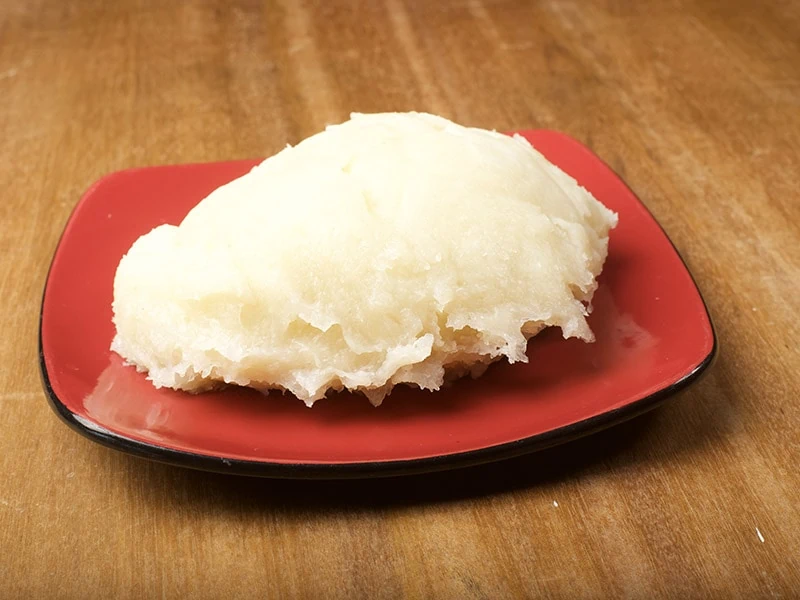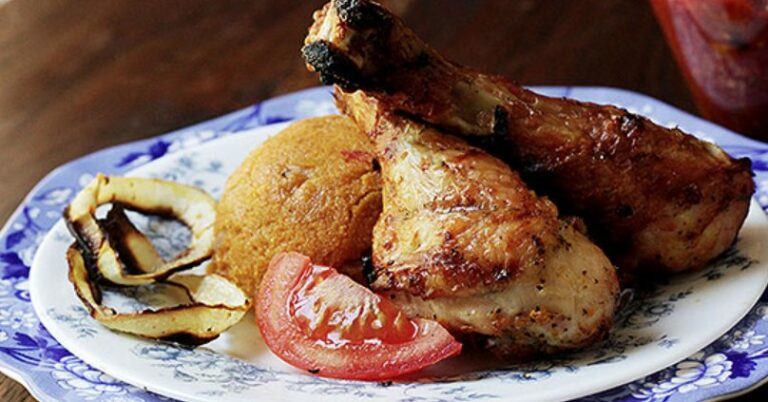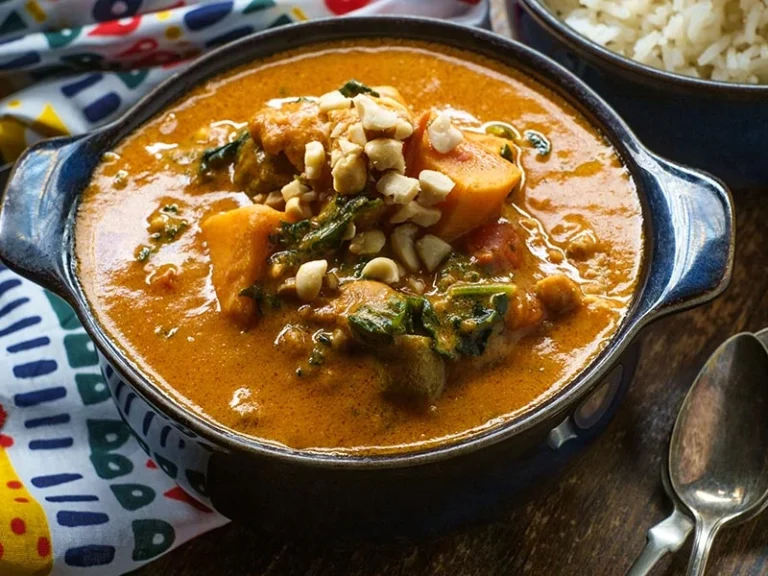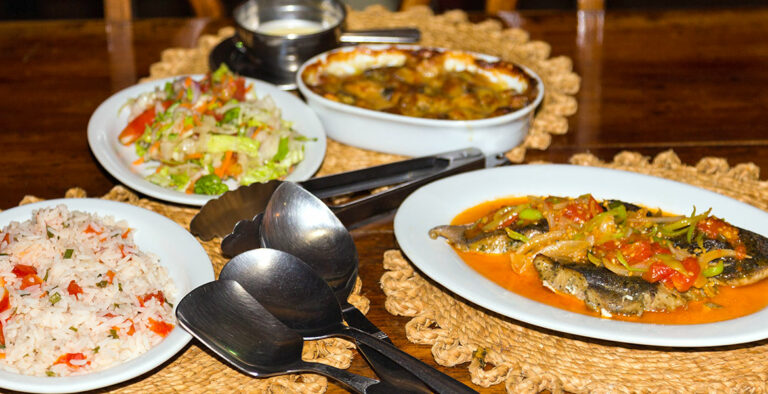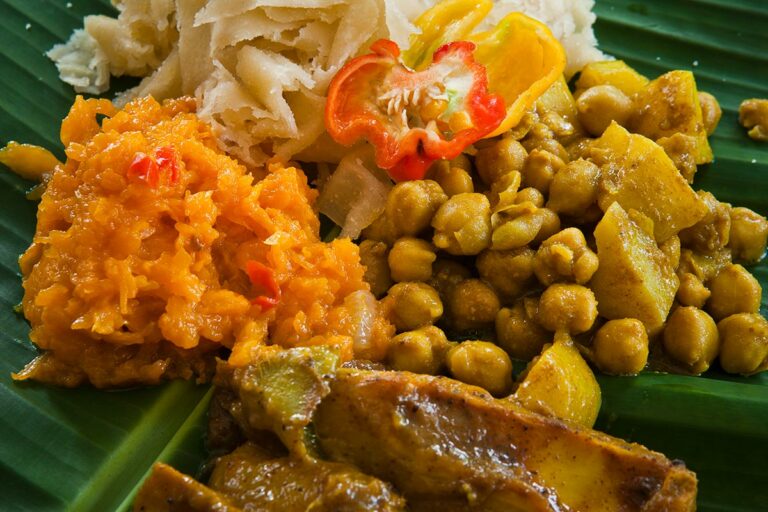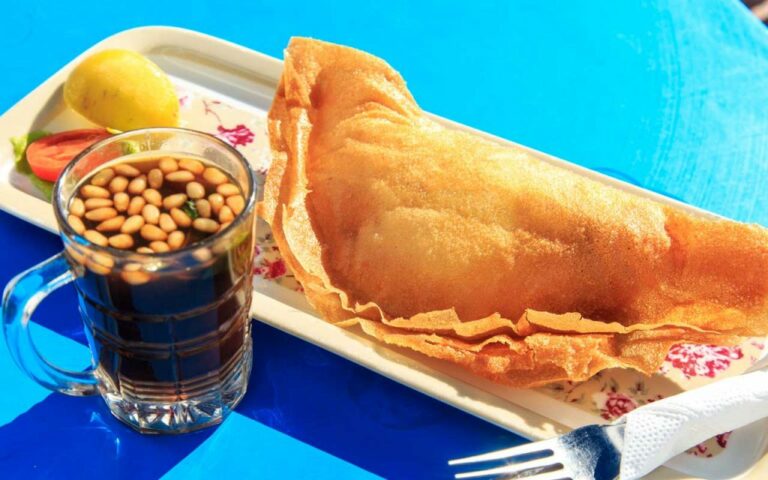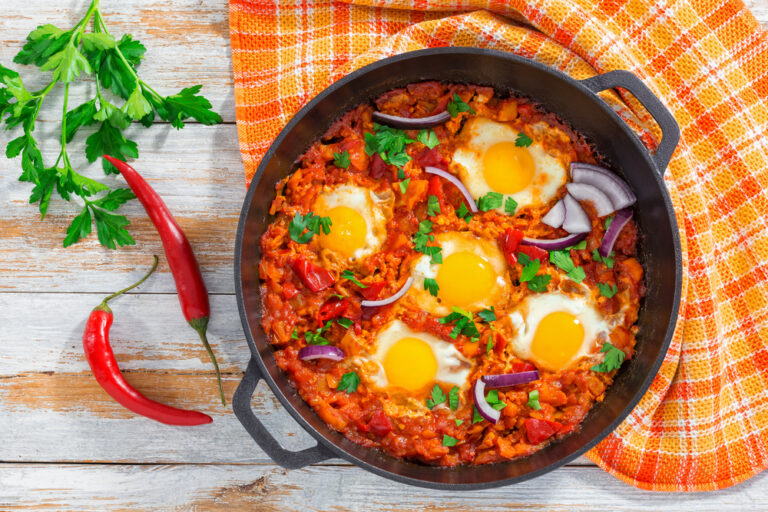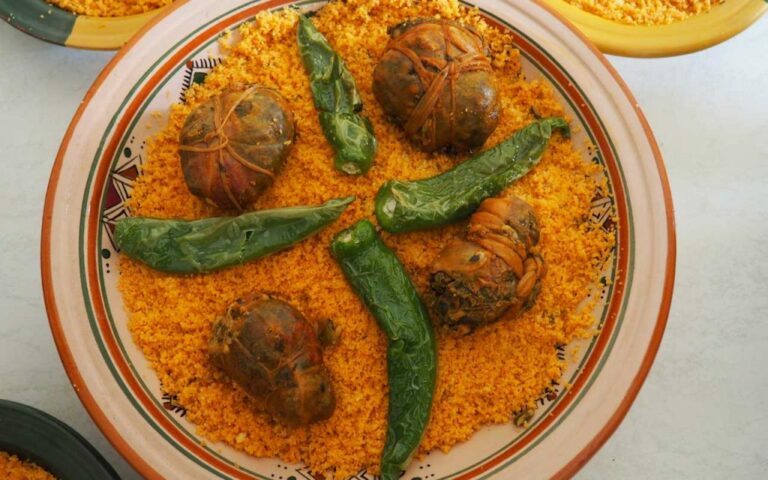Introduction
Tongan cuisine is an integral part of the island nation’s culture. It is a unique blend of the traditional and modern, with a focus on fresh, locally sourced ingredients. From seafood to root crops, Tongan dishes are known for their bold flavors and exotic ingredients. But when it comes to breakfast, the question arises: are there any Tongan dishes that are considered breakfast foods?
Traditional Tongan cuisine
Tongan cuisine is primarily based on root crops, vegetables, fruits, and seafood. Traditional dishes include ‘ota ika (raw fish salad), lu sipi (corned beef and taro leaves), and faikakai (taro in coconut cream). Tongan cuisine is heavily influenced by its Polynesian neighbors, such as Samoa and Fiji, but it also has a unique flavor profile that sets it apart from other Pacific Island cuisines. The use of coconut cream, taro, and fresh seafood is common in Tongan dishes, making them rich in flavor and texture.
Typical breakfast foods worldwide
When it comes to breakfast, people have varying preferences depending on their cultural upbringing and personal preferences. In Western countries, typical breakfast foods include pancakes, waffles, bacon and eggs, cereals, and toast with jam. In Asia, breakfast dishes include dim sum, congee, and rice porridge. In the Middle East, breakfast may consist of hummus, falafel, and pita bread, while in Africa, it may include fufu, injera, and plantains.
Breakfast dishes in Tonga
In Tonga, breakfast is a simple affair. It usually consists of tea, coffee, or cocoa, with a slice of bread or toast. Some Tongans may also have a bowl of cereal or porridge made with coconut milk. But when it comes to traditional Tongan dishes, there are no specific dishes that are considered breakfast foods. Tongans tend to eat the same dishes for breakfast as they do for lunch and dinner.
Are there any Tongan breakfast dishes?
While there are no specific Tongan dishes that are considered breakfast foods, some dishes can be eaten at any time of the day. For example, taro and coconut milk pudding, called kulolo, is a popular dessert in Tonga, but it can also be eaten as a snack or a light breakfast. Similarly, faikakai, a dish made with taro in coconut cream, can also be eaten at any time of the day, including breakfast.
Conclusion
In conclusion, Tongan cuisine is rich and flavorful, and it reflects the island nation’s unique blend of traditional and modern influences. While Tongans tend to eat the same dishes for breakfast as they do for lunch and dinner, some dishes can be eaten at any time of the day. So if you’re in Tonga and looking for a delicious breakfast, try kulolo or faikakai. And if you’re feeling adventurous, you can always try some raw fish salad, a popular Tongan dish that’s eaten at any time of the day!

